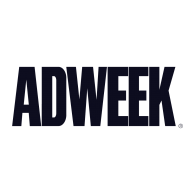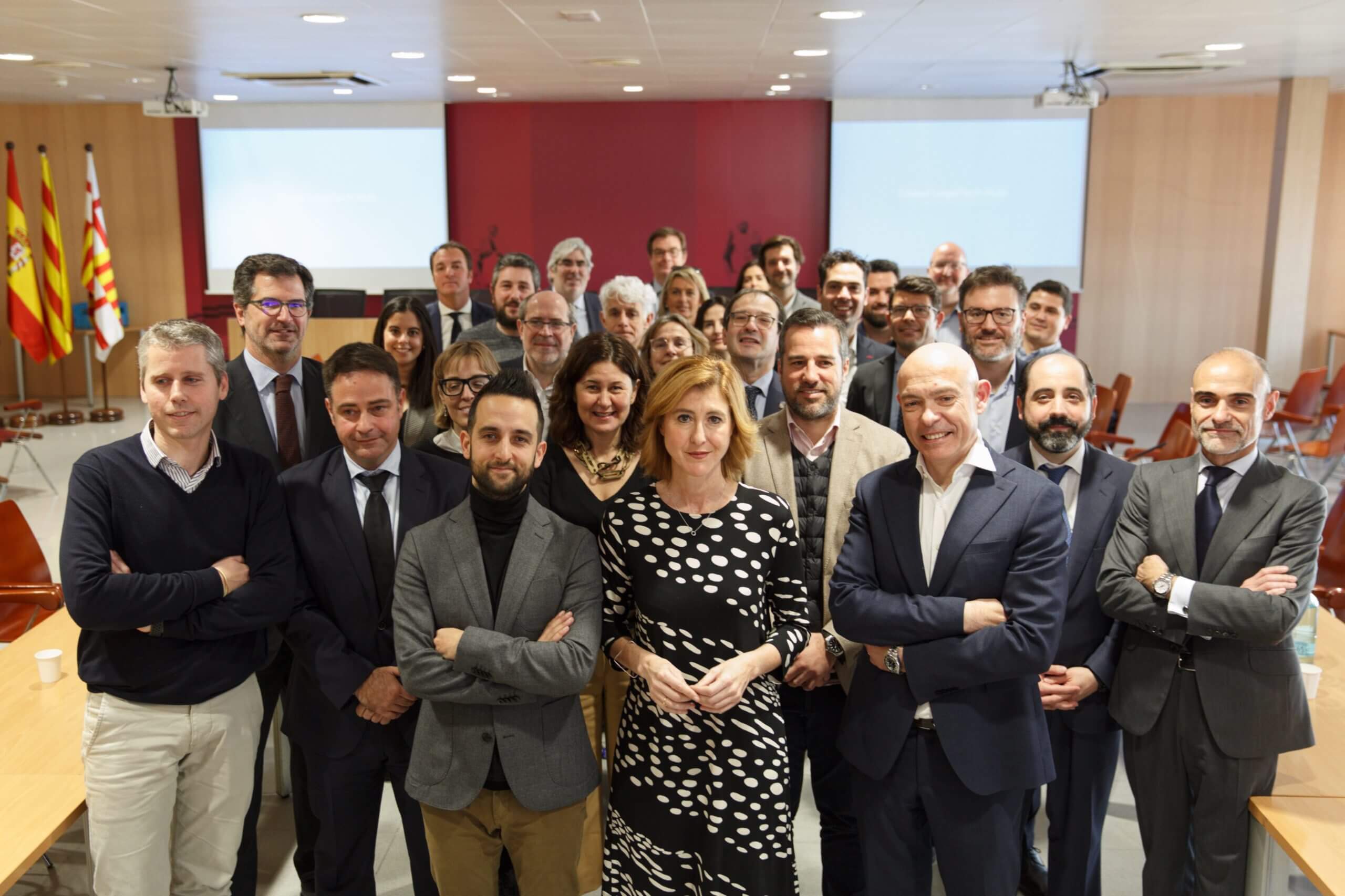As the nation retreats from stores and restaurants to air travel to thwart the spread of COVID-19, the consumer economy has come to a near-screeching halt, with a range of business sectors taking massive hits.
Here, experts weigh in on the impact thus far of the coronavirus on U.S. retail, hospitality, foodservice and fashion, and glimpse a post-pandemic business landscape.
Retail: For the nation’s biggest private employer, ‘we have no idea when consumer spending will bounce back’
Retail is the juggernaut of the U.S. economy, contributing a whopping $2.6 trillion, or about 25%, to the annual GDP, according to the National Retail Federation.
As an ever-growing list of national players like Macy’s, Nordstrom, Nike and Apple shutter their doors in the wake of the virus, and with Simon, the country’s largest mall operator, closing over 200 shopping centers, a sector that’s already been battered by widespread closures is taking another hit, as stores go dark around the country.
“Retail is the nation’s largest private-sector employer, supporting 52 million jobs overall,” Matt Shay, president and CEO of the NRF, told CO—. “While select retailers are not seeing diminished sales — warehouse clubs, grocery and drug stores — as consumers stock up on essential items, others are struggling.”
Retailers that sell wants not needs, like apparel merchants and department stores, for example, will bear the brunt of this crisis, Ray Wimer, an assistant professor of the retail practice at Syracuse University’s Martin J. Whitman School of Management, told CO—.
Crisis precedents
The coronavirus pandemic is vastly different from other crisis situations, Wimer said. “It took consumers about six weeks to start spending in the retail sector after 9/11; about six months post the [2008] crash. Right now, there is so much uncertainty that we have no idea when consumer spending will bounce back,” he said. “It really depends on how the government continues to place restrictions that help flatten the curve and when these restrictions will be lifted. Being optimistic, the third quarter for retail should bounce back if restrictions are ended by May 31.”
Still, “the revenue being lost right now is not going to be made up, so many retailers will have a huge issues with meeting loan obligations,” Wimer said. “There will also be some supply chain issues as there will be backup of product, which may mean [retailers] cancel the orders with manufacturers.”
Adapting and potential silver linings
The virus has fueled an uptick in online shopping, which still accounts for a mere 10.7% of total U.S. retail sales. According to a recent survey of 1,000 consumers by brand protection firm Red Points, 58% of Americans have purchased more items online compared to in-store than they normally would have, due to fears of the coronavirus.
That shift could lead to changed buying behavior post-pandemic, turning longtime e-commerce holdouts into converts, such as older shoppers who are now most at risk, according to eMarketer.
What’s more, nascent retail models could gain momentum. “Post-2008 saw the rise of off-price retail and value retailers,” Wimer said. “Will the consumer decide that they are okay with not shopping as much for new items? Will this mean that rental or consignment retail will take off?”





